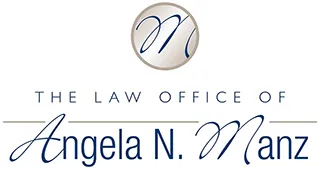How To Organize and Categorize Your Assets for Estate Planning Purposes

You can’t create a comprehensive estate planning without knowing what you own, what you owe and how you intend to address those various issues in documents and planning.
Start by making a list of your assets which can include many different things, from stocks and bonds to real estate, to land you purchased, to vehicles, jewelry and even collections. If necessary, get a valuation to determine a reasonable market value for each special item or keep an estimate with the list.
Add up this number and then determine how this affects your overall estate. For example, if these assets are valued at more than $12.92 million in 2023, it can be helpful to discuss strategies for protecting your estate from substantial estate taxes by working directly with an attorney.
From this step on you’ll want to break down your assets into three different groups. The first is those you will leave behind for your heirs and other beneficiaries, the second are assets that you intend to pass on through charity, and the final ones are assets that you will need to use in your lifetime. By breaking things down in this way, you get a bigger top-line picture of what’s included in your estate and whether you have enough to support yourself, to cover unexpected issues like a health crisis, and how you’ll help organizations or people you care about after you pass away.
It can be difficult to think about needing to use assets during your lifetime when you intended to pass them on to your loved ones, but many people find a variety of needs such as wanting to retire earlier or dealing with a medical crisis that may call upon them to address the issue by tapping into their savings and other assets. For a holistic estate plan, work directly with a Virginia Beach estate attorney.
